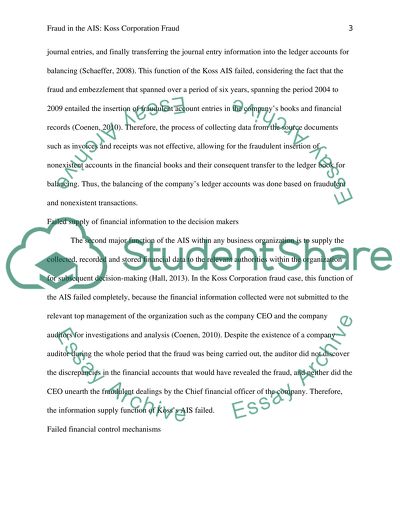Cite this document
(“Fraud in the AIS: Koss Corporation Fraud Research Paper”, n.d.)
Fraud in the AIS: Koss Corporation Fraud Research Paper. Retrieved from https://studentshare.org/finance-accounting/1661092-accounting-information-systems-fraud-in-the-ais
Fraud in the AIS: Koss Corporation Fraud Research Paper. Retrieved from https://studentshare.org/finance-accounting/1661092-accounting-information-systems-fraud-in-the-ais
(Fraud in the AIS: Koss Corporation Fraud Research Paper)
Fraud in the AIS: Koss Corporation Fraud Research Paper. https://studentshare.org/finance-accounting/1661092-accounting-information-systems-fraud-in-the-ais.
Fraud in the AIS: Koss Corporation Fraud Research Paper. https://studentshare.org/finance-accounting/1661092-accounting-information-systems-fraud-in-the-ais.
“Fraud in the AIS: Koss Corporation Fraud Research Paper”, n.d. https://studentshare.org/finance-accounting/1661092-accounting-information-systems-fraud-in-the-ais.


